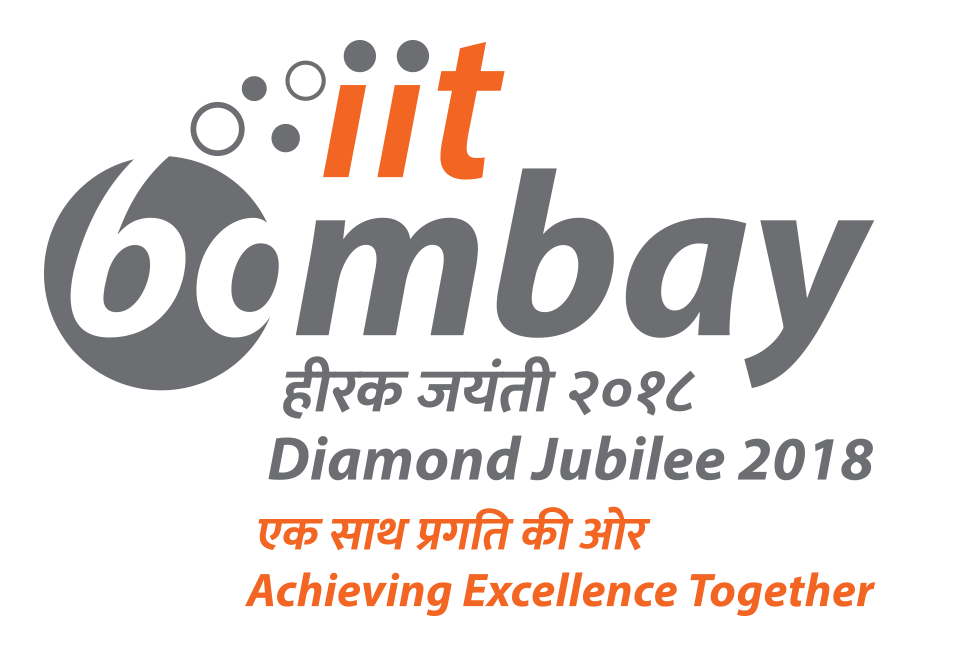Title: Chiral magnetism, skyrmions and nanoscale superparamagetism in oxide interfaces
Atomically sharp oxide heterostructures exhibit a range of novel phenomena that do not occur in the parent bulk compounds. One of the prominent examples is the appearance of magnetism at the interface between the band insulators LaAlO3 (LAO) and SrTiO3 (STO). Motivated by this and the observations of magnetism in several other interfaces, we discuss the possibility of novel magnetic states in oxide interfaces. We show that Rashba spin-orbit coupling (SOC), arising due to broken surface inversion at the interface, naturally leads to chiral Dzyaloshinskii-Moriya and ‘compass’ anisotropy terms, irrespective of the microscopic model of magnetic exchange. These lead to a zero-field spiral ground state [1] with properties consistent with existing measurements in LAO/STO and possible skyrmion crystal (SkX) state at finite field. We show that skyrmions are much more readily stabilized in these 2D systems with Rashba SOC [2,3], unlike the SkX phase found in conventional 3D chiral magnets like MnSi. In the second part of my talk, I will report a new emergent phenomenon at another interface, LaMnO3/SrTiO3 (LMO/STO), in which an antiferromagnetic insulator abruptly transforms as a function of LMO thickness into a magnetic state exhibiting unusual nanoscale superparamagnetic dynamics [4]. I will discuss a theoretical model to understand this phenomenon based on the ideas of nanoscale phase separation in manganites and electronic reconstruction in the polar LMO/STO heterostructure.
[1] S. Banerjee, O. Erten and M. Randeria, Nature Physics 9, 626 (2013).
[2] S. Banerjee, J. Rowland, O. Erten and M. Randeria, Phys. Rev. X 4, 031045 (2014).
[3] J. Rowland, S. Banerjee and M. Randeria, arXiv:1509.07508 (2015).
[4] Y. Anahory et al., arXiv:1509.01895 (2015).

